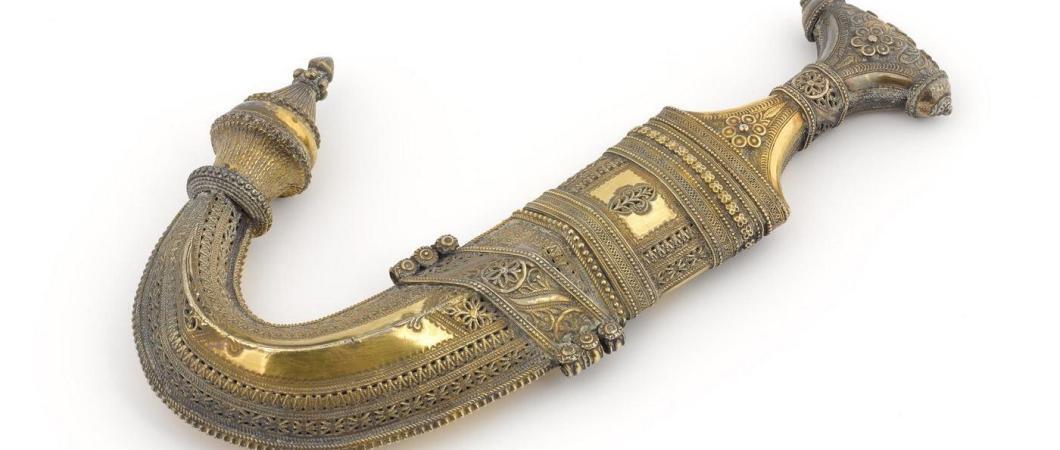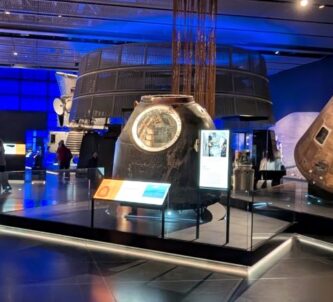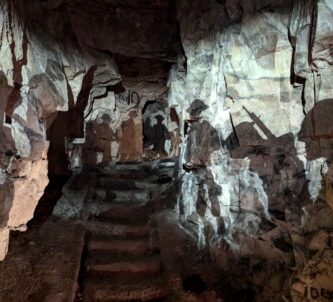The National Army Museum has saved T E Lawrence’s dagger, robes and kaffiyah for the nation thanks to two grants from the National Heritage Memorial Fund (NHMF) totalling £113,400.
Lawrence was given the dagger, known as a jambiya, by Sherif Nasir in 1917 after the victory of the Arabs at Aqaba in modern day Jordan. It had been sold to an overseas buyer in 2015, but an export licence bar was made on the recommendation of the Reviewing Committee on the Export of Works of Art earlier this year. The dagger was secured by the National Army Museum with a £78,400 grant from the NHMF.

The robes are intrinsically linked to Lawrence and a vital part of his mystique. Designed to be a lightweight ensemble, perfect for the desert environment, Lawrence himself said: “If you can wear Arab kit when with the tribes, you will acquire their trust and intimacy to a degree impossible in uniform.” The robe was one of two given to the mother of Arthur Russell, who enrolled in the Tank Corps with Lawrence. Lawrence told her to cut them up and make dresses out of them but luckily Russell managed to save this one from her scissors. The kaffiyah was given to the artist Cosmo Clark by Lawrence after he sat for a portrait in 1922. Clark was one of the illustrators for Lawrence’s books, The Seven Pillars of Wisdom and Revolt in the Desert. Both items of clothing were acquired thanks to a further NHMF grant of £35,000.
Dr Peter Johnston, Head of Collections Development and Review at the National Army Museum, says:
“Lawrence is an iconic figure in the history of the First World War and the Middle East. While the Middle East theatre is often forgotten in the popular memory of the conflict, the actions there have had enormous ramifications for the past 100 years.
“What makes the dagger and robes so significant, and such an important part of British heritage, is the way in which they have featured in the cultural memory and legacy of Lawrence and the Middle East campaign of the First World War. The dagger and the robes even became important narrative features at the heart of David Lean’s epic film Lawrence of Arabia, which has shaped and dictated how we in modem Britain, and elsewhere in the world, think of Lawrence of Arabia and Britain’s role in shaping the region.”
The National Army Museum in Chelsea, London, is undergoing a major transformation. When it opens next year, the new building will feature five state-of-the-art gallery spaces along with a new café, shop, learning suite, research facilities… and now, all three components of T.E. Lawrence’s arab costume.
Photos: National Army Museum







